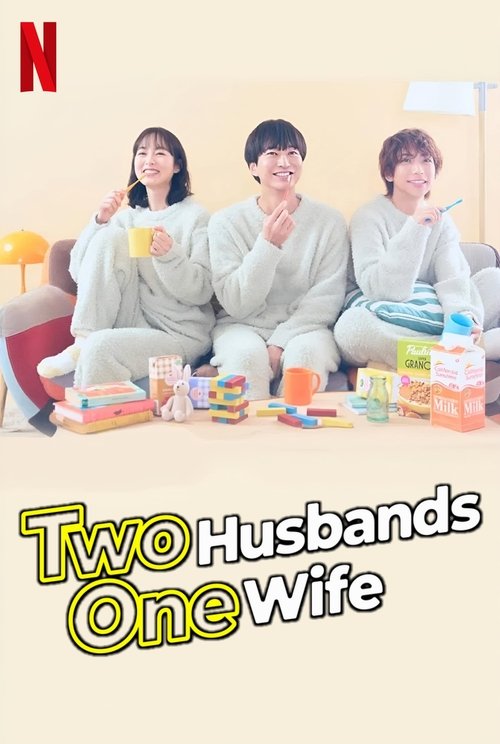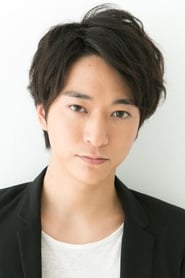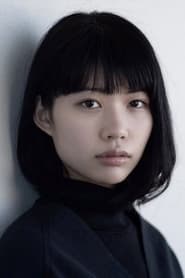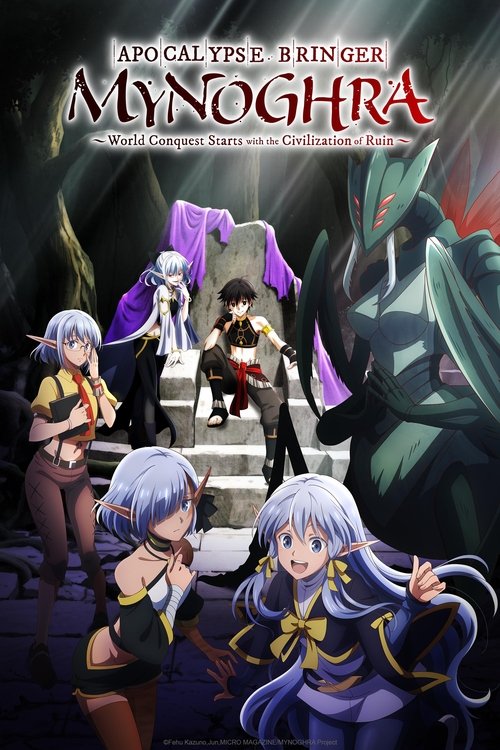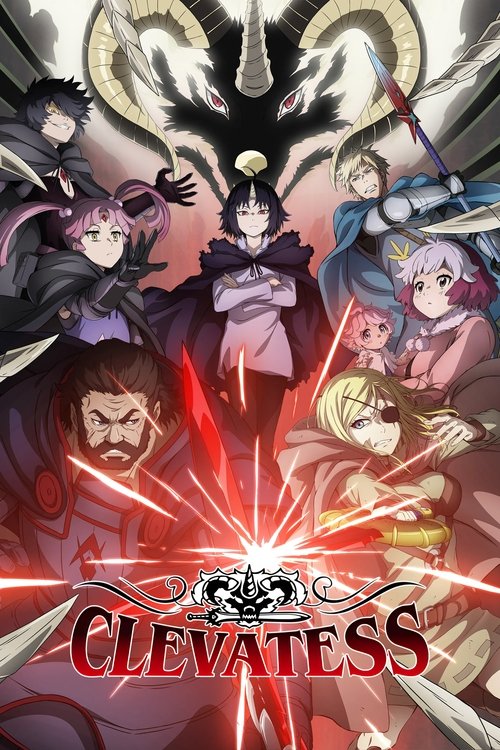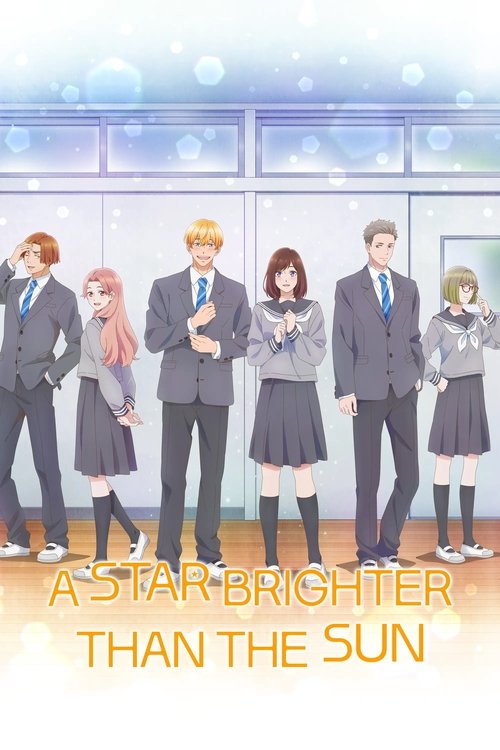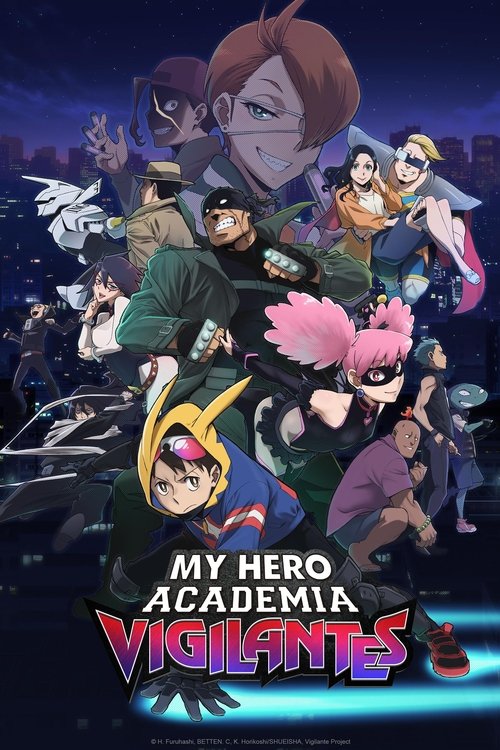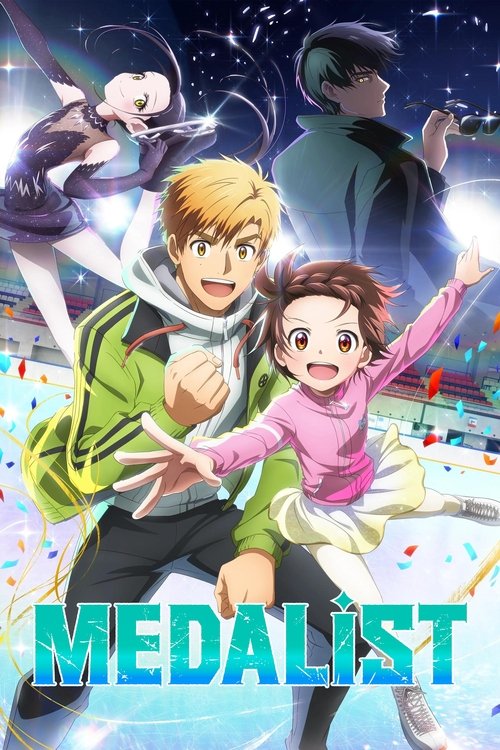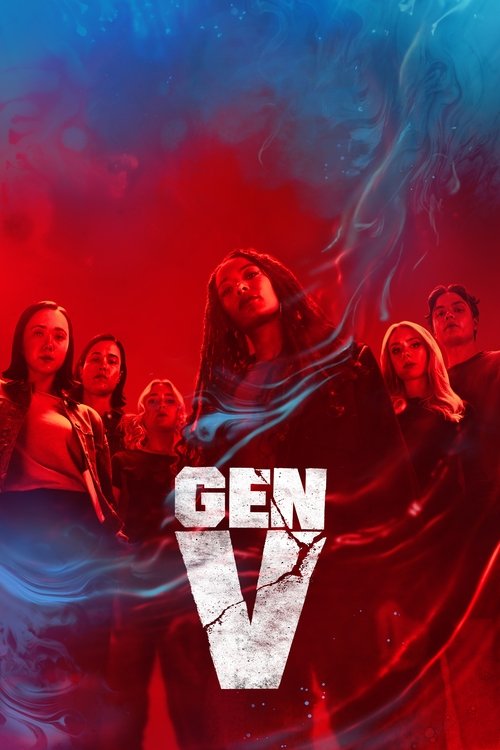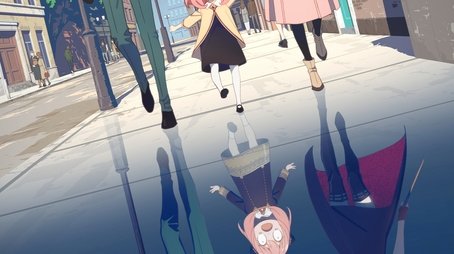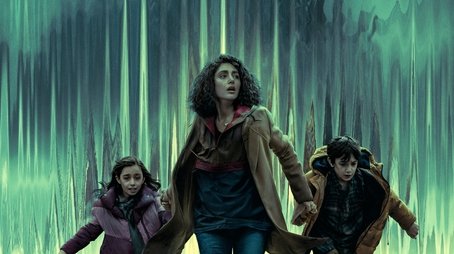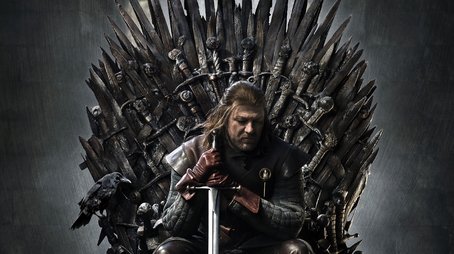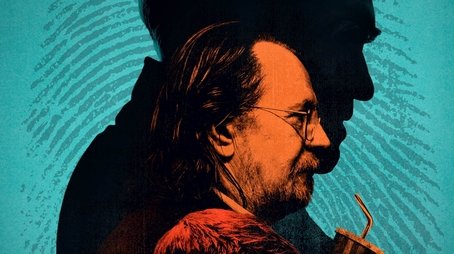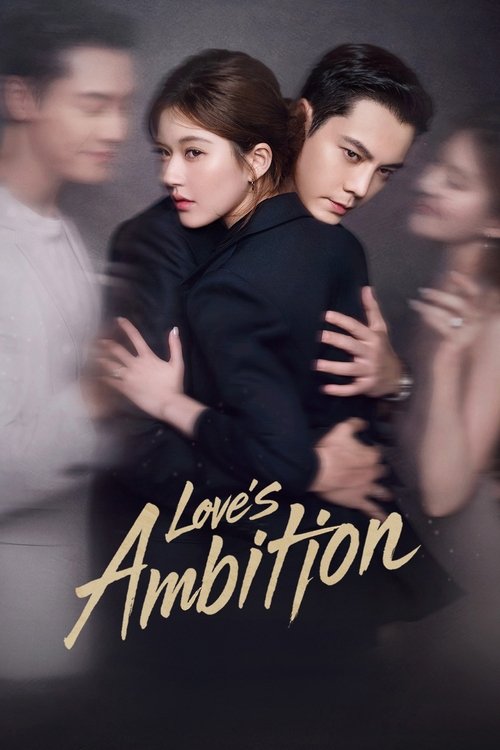
Ask Your Own Question
What is the plot?
The story begins with Yanoguchi Mia observing that everyone around her is getting married, which prompts her desire to marry her boyfriend, Satomura Shinpei. However, Shinpei expresses doubts about his readiness to take on such responsibility, creating initial tension between them.
Mia then approaches her ex-boyfriend, Mitsuda Takuzo, with a surprising proposal: to enter into a three-person marriage involving herself, Shinpei, and Takuzo. Takuzo is initially shocked and finds the idea absurd, struggling to comprehend the implications of such an unconventional arrangement.
Despite his reservations, Takuzo's lingering feelings for Mia and curiosity about the proposal lead him to agree to a one-year trial period of shared living with Mia and Shinpei. This decision marks the beginning of their unique relationship experiment.
As the trio begins living together, they face immediate challenges. Jealousy surfaces as each person grapples with sharing intimacy and emotional connection. Takuzo wrestles with his insecurities and unresolved emotions toward Mia, while Shinpei struggles with his own sense of inadequacy and fear of commitment.
The three communicate openly, sometimes arguing, but gradually develop a rhythm in their coexistence. They support each other through daily life, including moments of vulnerability such as when Takuzo falls ill and both Mia and Shinpei come to care for him, demonstrating a growing familial bond.
Outside pressures emerge as the trio confronts social stigma. Friends, colleagues, and family members react with shock and confusion. Mia and Shinpei's mothers, in particular, are initially stunned but eventually attempt to understand and support the unconventional relationship.
Meanwhile, Takuzo's co-worker Sayo, who shares his hobby of building Lego cities, appears as a subplot. She believes in platonic friendships between men and women but is subtly positioned as a potential romantic rival, adding complexity to Takuzo's emotional landscape.
Throughout the series, the trio navigates the complexities of their polyamorous marriage, dealing with jealousy, intimacy issues, and societal judgment. They learn to communicate more deeply, negotiate boundaries, and confront their fears and desires honestly.
In the final episodes, the trio faces emotional setbacks and external challenges but manages to maintain their bond. The relationship is portrayed realistically, without over-dramatization, showing the characters' growth and the evolving dynamics among them.
The series concludes with the trio having established a stable, if unconventional, family unit. Their connection has deepened through shared experiences, mutual care, and acceptance of their unique arrangement, leaving the future open but hopeful.
What is the ending?
The TV show Two Husbands One Wife (2025) ends with the three main characters-- the woman and her two husbands--choosing to commit fully to their unconventional polyamorous marriage, affirming "it's either the three of us or none of us," and moving forward together in a genuine, loving relationship.
Expanding on the ending scene by scene:
The final episodes build toward a resolution where the woman, who initially had a boyfriend and an ex-husband, invites both men to form a three-way marriage. This decision comes after much emotional struggle, jealousy, and social stigma surrounding their unconventional relationship. The trio confronts their fears and insecurities in intimate conversations, revealing their vulnerabilities and desires for acceptance and happiness.
In one pivotal scene, the woman expresses her longing for a stable family unit that includes both men, emphasizing that she does not want to choose between them. The two men, initially hesitant and conflicted, gradually acknowledge their feelings for her and for each other, leading to a heartfelt agreement to enter into a polyamorous marriage.
The next scene shows the three of them formally committing to this arrangement, symbolized by a quiet but meaningful ceremony or mutual acknowledgment, underscoring their dedication to making this work despite societal norms. The show treats this union seriously, not as a joke or a passing phase, but as a real, soft, and happy ending.
The final moments focus on the trio navigating their new life together, highlighting moments of tenderness, compromise, and mutual support. Each character finds a sense of peace and belonging, with the woman at the center, supported equally by both husbands.
Regarding the fate of each main character:
- The woman embraces her role as the emotional core of the relationship, finding fulfillment in loving and being loved by both men.
- The first husband, initially more reserved and uncertain, grows into his role as a committed partner, overcoming jealousy and embracing the polyamorous dynamic.
- The second husband, who was more openly affectionate and supportive, continues to nurture the relationship with openness and care.
The series closes on a hopeful note, emphasizing that love and commitment can take many forms and that happiness can be found through honesty and acceptance among all involved.
This ending highlights the show's core themes of redefining love, challenging traditional relationship structures, and exploring the complexities of human connection without judgment or simplification. It leaves viewers with a warm, charming, and refreshingly unconventional portrayal of a polyamorous family choosing to live authentically together.
More TV Shows Like This
Browse All TV Shows →
Is there a post-credit scene?
There is no available information regarding a post-credits scene for the TV show "Two Husbands One Wife" produced in 2025. The search results do not provide any details about such a scene, and there is limited information available about the show itself. Therefore, it is not possible to describe a post-credits scene for this specific series based on the current data.
What are the main sources of jealousy and conflict among the three characters in the three-person marriage?
The main sources of jealousy and conflict arise from the trio navigating intimacy issues, personal insecurities, and social stigma. Takuzo struggles with lingering feelings for Mia and his own insecurities, while the need for personal space and emotional boundaries creates tension. The show portrays these conflicts realistically, emphasizing communication and compromise as essential to managing their relationship.
How does Takuzo's past and his relationship with Mia influence the dynamics of the three-person marriage?
Takuzo's past with Mia deeply influences the trio's dynamics. His lingering feelings for Mia and his insecurities are explored throughout the series, affecting how he interacts with both Mia and Shinpei. This history adds emotional complexity to their arrangement and challenges Takuzo as he adjusts to the unconventional setup.
What role does the character Sayo play in the story, and how does her subplot affect the main trio?
Sayo, a co-worker who shares Takuzo's hobby of building Lego cities, is introduced as a potential love rival, though she believes in platonic friendships between men and women. Her subplot introduces additional tension but is considered by some viewers as unnecessary, as it detracts from the strong trio dynamic. Her presence teases romantic possibilities but ultimately serves to highlight Takuzo's emotional state.
How do the families, especially the mothers, react to the three-person marriage arrangement?
The families, including the mothers, react with shock but are not villainized. Their reactions are portrayed as realistic and grounded, showing a process of initial surprise followed by attempts to understand and support the trio. This nuanced depiction avoids overly dramatic or cruel responses, adding to the show's emotional depth.
How does the series depict the trio's daily life and emotional connection as they live together?
The series shows the trio's daily life with a focus on realistic interactions, including support, arguments, and care for one another. For example, when Takuzo falls ill, Mia and Shinpei come to take care of him, illustrating their growing familial bond. Their connection develops slowly and believably, emphasizing communication and emotional intelligence as they navigate their unique living arrangement.
Is this family friendly?
The TV show Two Husbands One Wife (2025) is a drama and LGBTQ-themed series that explores a three-person marriage, focusing on complex emotional dynamics such as love, jealousy, and societal norms. It is not primarily designed as family-friendly content.
Potentially objectionable or upsetting aspects for children or sensitive viewers include:
- Exploration of unconventional adult relationships and themes of polyamory, which may be confusing or inappropriate for younger audiences.
- Emotional intensity involving relationship conflicts, jealousy, and societal judgment, which could be distressing for sensitive viewers.
- Some scenes may contain mature content related to romantic and interpersonal dynamics, though specific graphic details are not highlighted in the available reviews.
Overall, the show is best suited for mature audiences due to its thematic complexity and emotional depth. It is not recommended for children or viewers sensitive to adult relationship issues.

